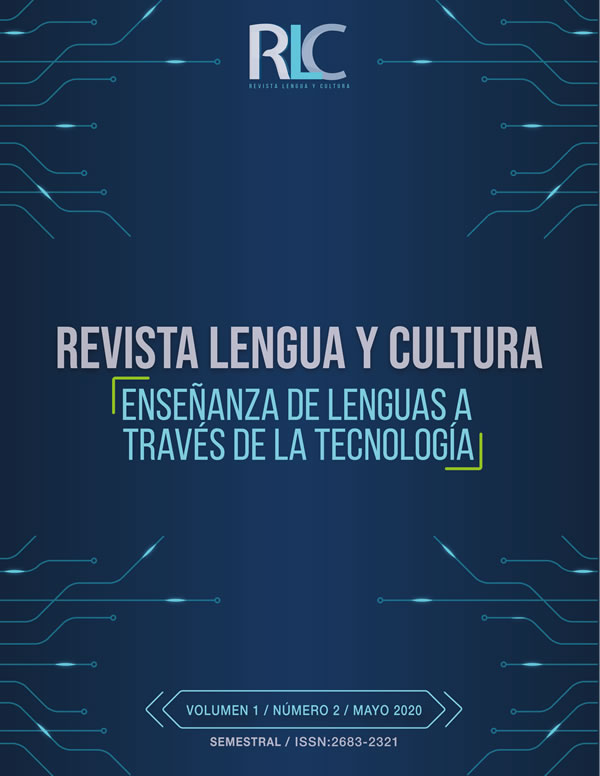What do we know, not know, and need to know about ELT in Mexico?
Abstract
English Language Teaching (ELT) in Mexico covers a wide range of situations and results, from bilingual schools achieving excellent results, through language centres achieving generally good results, to common core English programmes in universities that start students at beginner level for the third or fourth time, after a decade or more of English classes at school, and generally fail to get most students beyond A2 level. Those common core university English programmes and other evidence suggest that most ELT in Mexico, especially school ELT, is failing to achieve worthwhile results. Sadly, we know too little for sure about both the successes and the failures of ELT in Mexico, though we can assume or guess a lot. This article considers what we really know about ELT in Mexico, what we do not know and urgently need to find out in order to radically improve the general situation, and how we might find it out.
Downloads
Literaturhinweise
Eurobarometer. Special Eurobarometer 386: Europeans and their languages. European Commission. 2012: 21. Retrieved 31.01.2020 from https://ec.europa.eu/commfrontoffice/publicopinion/archives/ebs/ebs_386_en.pdf.
Consulta Mitofsky. Mexicanos y los idiomas extranjeros. Consulta Mitofsky. Retrieved 31.01.2020 from www.totaluni.com/articulo/leer/mexicanos_y_los_idiomas_extranjeros_consulta_mitofsky#prettyPhoto[iframes]/0/.
SEP Principales cifras del sistema educativo nacional 2016-2017. Secretaría de Educación Pública. 2017. Retrieved 31.01.2020 from https://www.planeacion.sep.gob.mx/Doc/estadistica_e_indicadores/principales_cifras/principales_cifras_2016_2017_bolsillo.pdf
Cambridge Assessment. Cambridge English explores Mexico. Cambridge Assessment. 2019. Retrieved 31.01.2020 from https://www.cambridgeassessment.org.uk/blogs/cambridge-english-explore-mexico/
González Robles, R., Vivaldo Lima, J. & Castillo Morales, A. Competencia lingüística en inglés de estudiantes de primer ingreso a las instituciones de educación superior del área metropolitana de la ciudad de México. ANUIES, UAM Iztapalapa.
Lemus, M. A., Durán, K. & Martínez, M. El nivel de inglés y su problemática en tres universidades de México geográficamente distantes. Memorias del IV foro nacional de estudios en lenguas (FONAEL). 2008: 243-250.
Aquino, M. D., Núnez, D. M. & Corona, E. Competencia Lingüística y Estándares de Desempeño en Estudiantes al Terminar la Educación Básica’. In XIV Congreso Nacional de Investigación Educativa, San Luis Potosí, 2017, COMIE. 2017. Retrieved 31.01.2020 from www.comie.org.mx/congreso/memoriaelectronica/v14/doc/1419.pdf.
Davies, P. & Domínguez, R. Teachers’ perceptions of ELT in public secondary schools. In English language teaching in Latin America, May 2019 number. Retrieved 31.01.2020 from https://www.eltinla.org/elt-in-latin-america.
Lengeling, M. & Wilson, A. Teacher’s perceptions of ELT in public secondary schools in the State of Guanajuato (and Tlaxcala). In English language teaching in Latin America, February 2020 number. Retrieved 31.01.202 from https://www.eltinla.org/elt-in-latin-america.
Davies, P. Strategic management of ELT in public educational systems: Trying to reduce failure, increase success. In TESL-EJ. 2009; 12(3). Retrieved 31.01.2020 from https://www.tesl-ej.org/wordpress/issues/volume13/ej51/ej51a2/.
Marian, J. Why EF EPI isn’t what you think. In Jakub Marin’s language learning, science & art. Retrieved 31.01.2020 from https://jakubmarian.com/why-the-ef-epi-rankings-are-not-what-you-think/
Rixon, S. Optimum age or optimum conditions? Issues related to the teaching of languages to primary age children. British Council. 2000.
Copyright (c) 2020 Paul Davies

Dieses Werk steht unter der Lizenz Creative Commons Namensnennung - Nicht-kommerziell - Keine Bearbeitungen 4.0 International.













